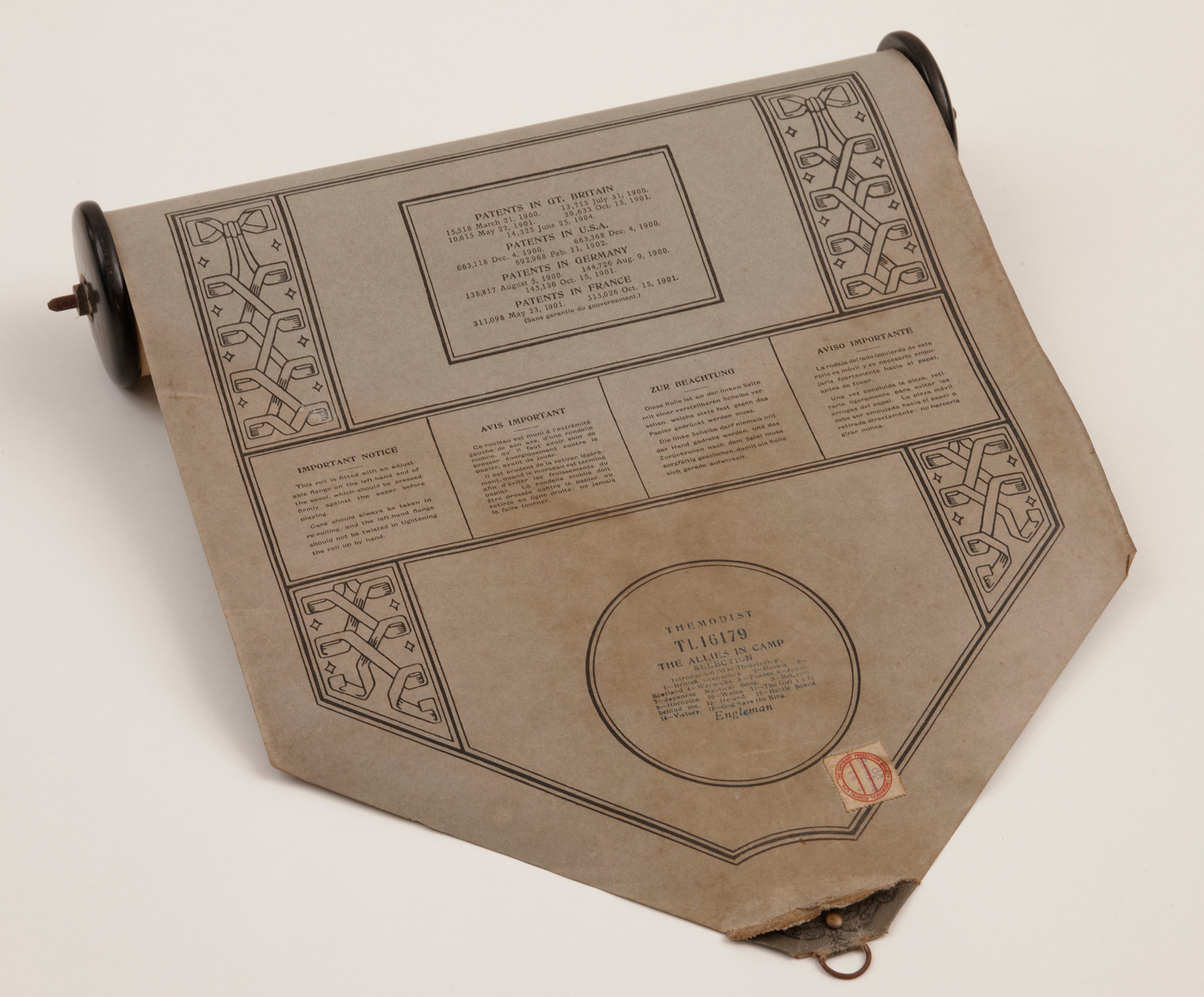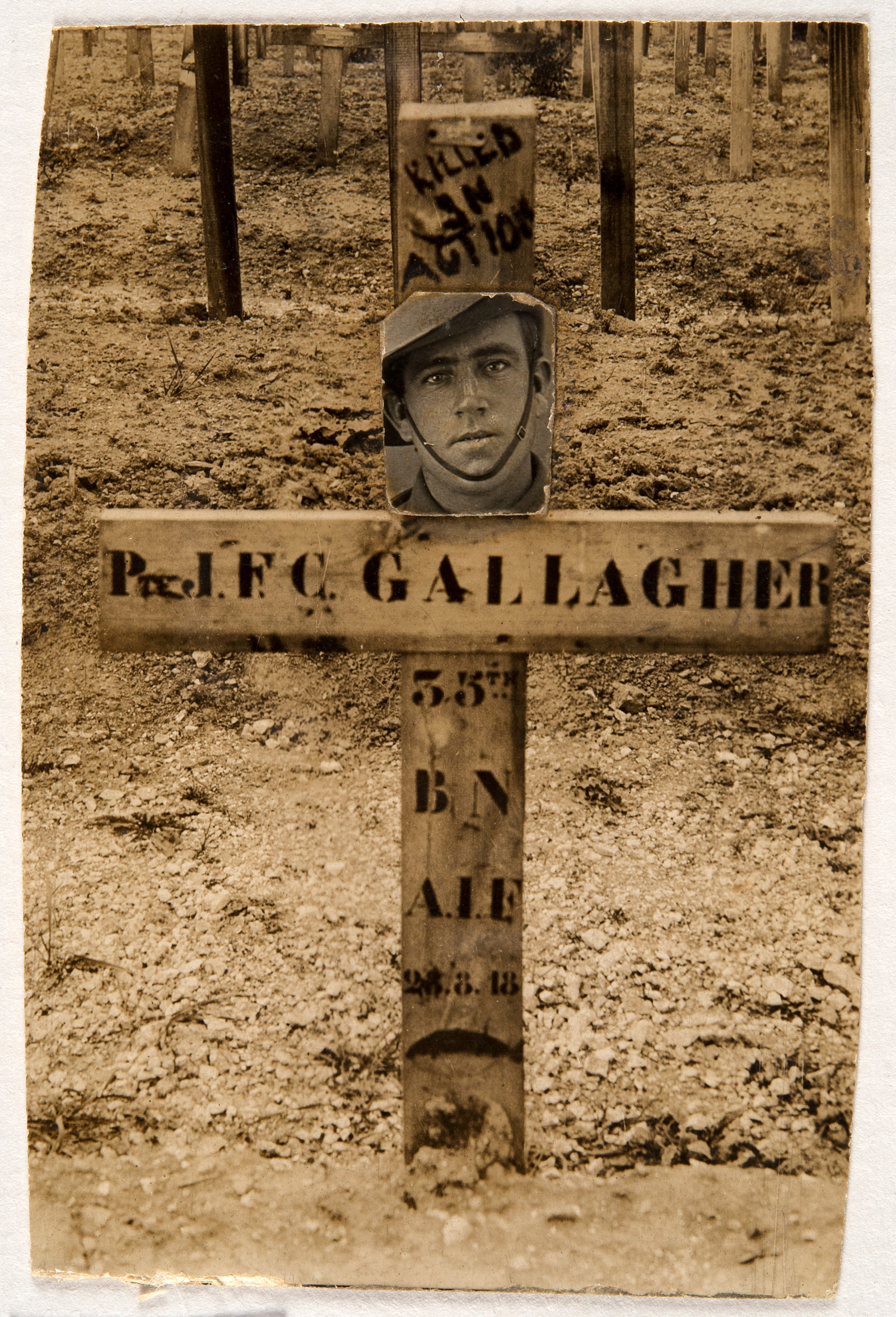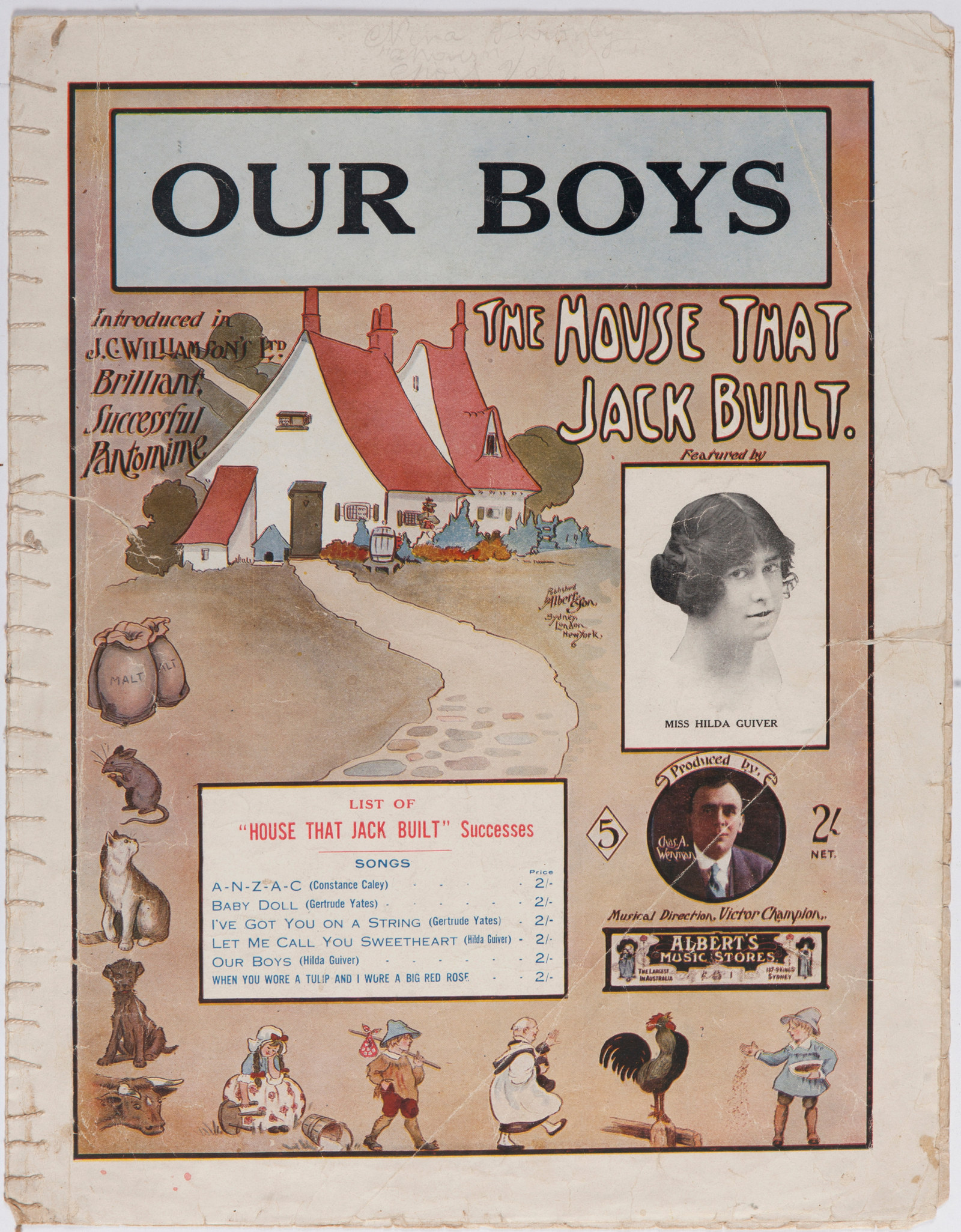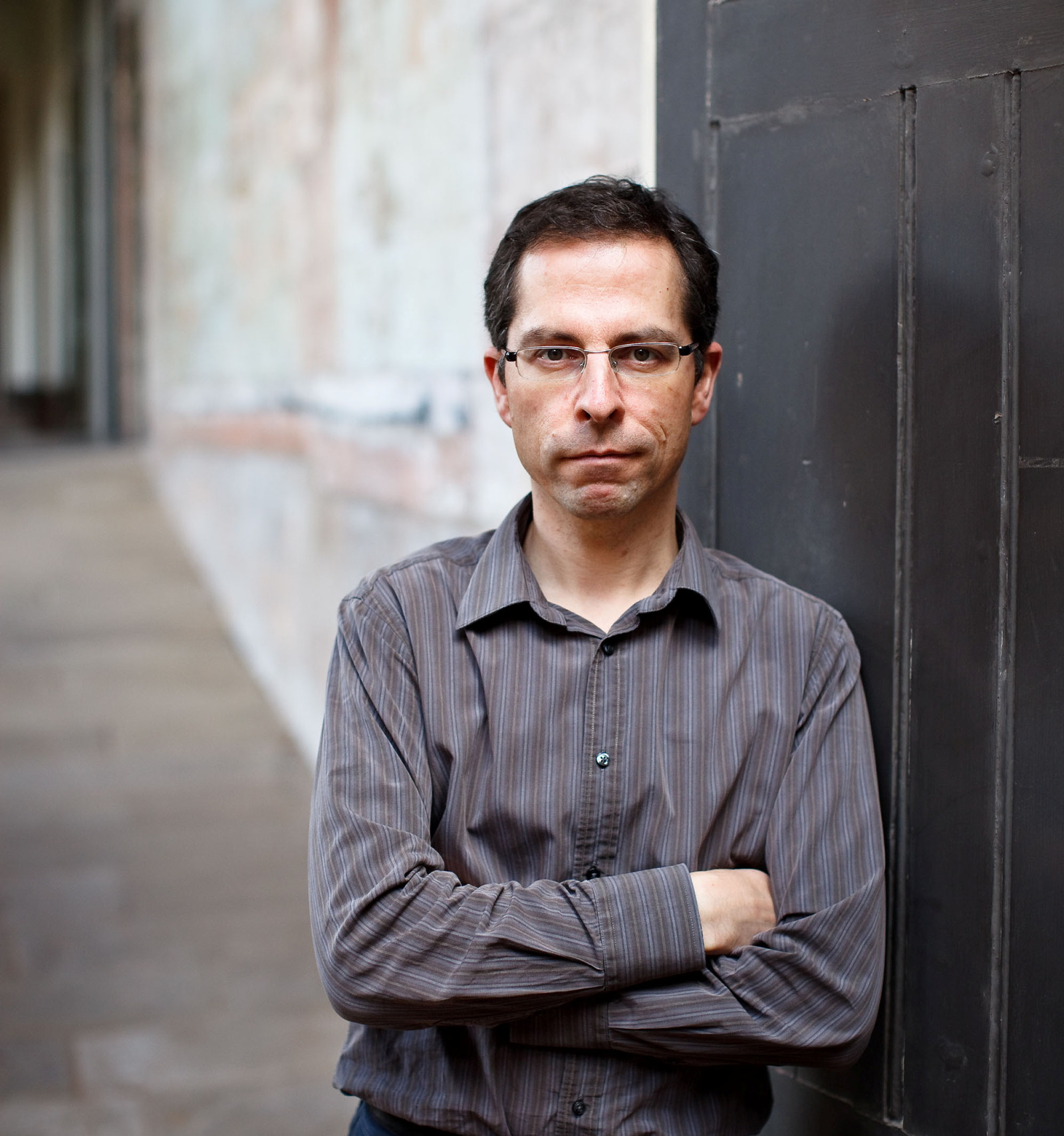Registering aliens
On 10 August 1914, less than a week after Australia entered World War I, the Australian government defined a new type of resident: the enemy alien.
Initially, enemy aliens included all residents born in countries at war with Australia who had not been naturalised, as well as their wives and children, even if they were Australian born. The definition of enemy alien was expanded during the war so that by May 1916 it encompassed naturalised residents of an enemy country and even people born in Australia with a father or grandfather who was a subject of a country at war with Australia.
All enemy aliens were required to register with police – this included signing an oath of allegiance that they would not take ‘any action in any way prejudicial to the safety of the British Empire during the present war’ and reporting weekly to their nearest police station. They were not permitted to move to another district without notifying police. The local police were then required by military authorities to provide their own opinion on the activities and character of the person in question. Many enemy aliens considered disaffected or disloyal were interned. German Australians in particular were looked upon with suspicion by large sections of the Australian community, and accusations of spying were common.
The Directorate of Military Intelligence was compelled to examine every accusation against enemy aliens, which often meant relying on local police to investigate and report back. Huge amounts of police time were consumed on unfounded allegations, and mountains of evidence and police reports filled military intelligence dossiers that are now held in the National Archives of Australia.
Published on
More

On This Day
17 Dec 1915 - 'Waratah' recruitment march
On 17 December 1915 the "Waratah" recruitment march arrived in Sydney

WW1
The Allies in camp music roll
Rouse Hill house boasts a fine pianola, a player piano, which came into the house just a few years before the outbreak of World War I

WW1
Frank Gallagher’s grave markers
Late in the afternoon on 23 August 1918, Private John Francis Cecil Gallagher, known as Frank, was killed by shellfire at 23 years of age

WW1
Our Boys: patriotic sheet music
The song, written by a young Sydney woman named Evelyn Greig, was one of more than 500 patriotic songs published in Australia during World War I
